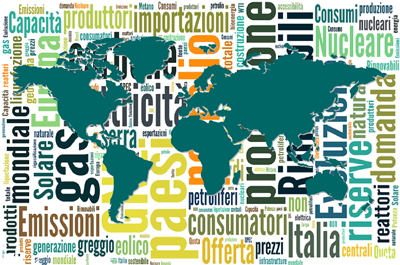Who Took the Burden of Energy Crisis?
In 2022, the European Union experienced the most severe energy crisis in decades. When the EU backed Ukraine against Russia’s invasion, the reduced gas flows towards the EU pushed prices upwards. Therefore, an unexpected surge in electricity, heating and transport fuel prices hit households and businesses. As price spikes spread all over the economy, these effects created an inflationary trend that threatened vulnerable income groups and brought into sharp focus their distributional impacts. The EU promptly created a legislative framework to tackle the crisis. EU Members States (Member States) shortly followed, collectively introducing 657-billion-euros-worth of national temporary measures to reduce the burden of energy prices. Although such measures were similar, their effects were different due to Member States’ social, economic and political contexts. In a joint study, the Basque Centre of Climate Change (BC3) and the Institute of European Environmental Policy (IEEP) found evidence of the social impacts of the energy crisis across EU Members States.





















